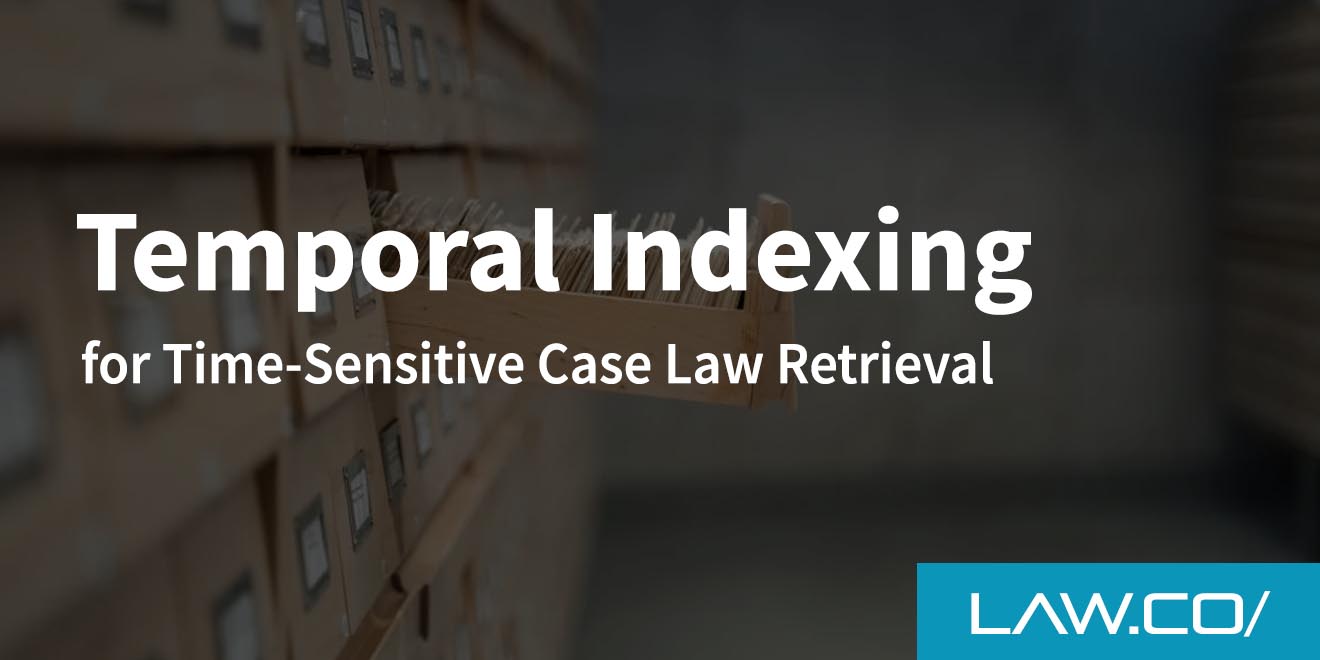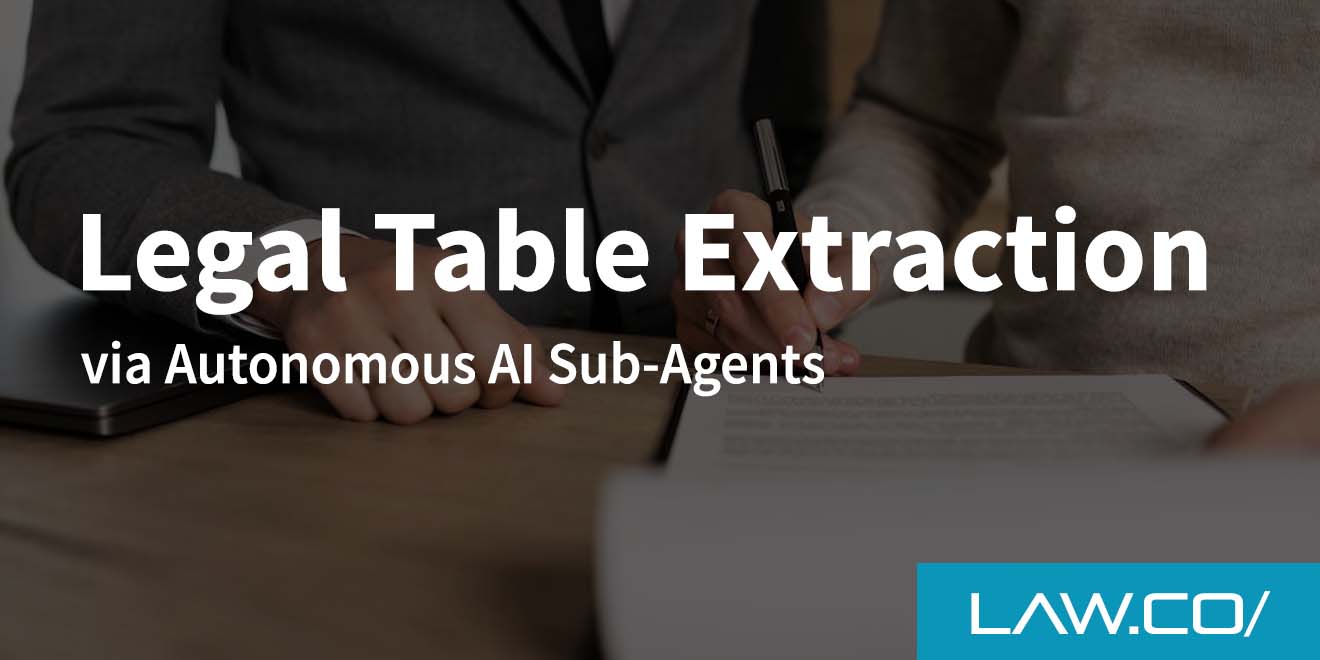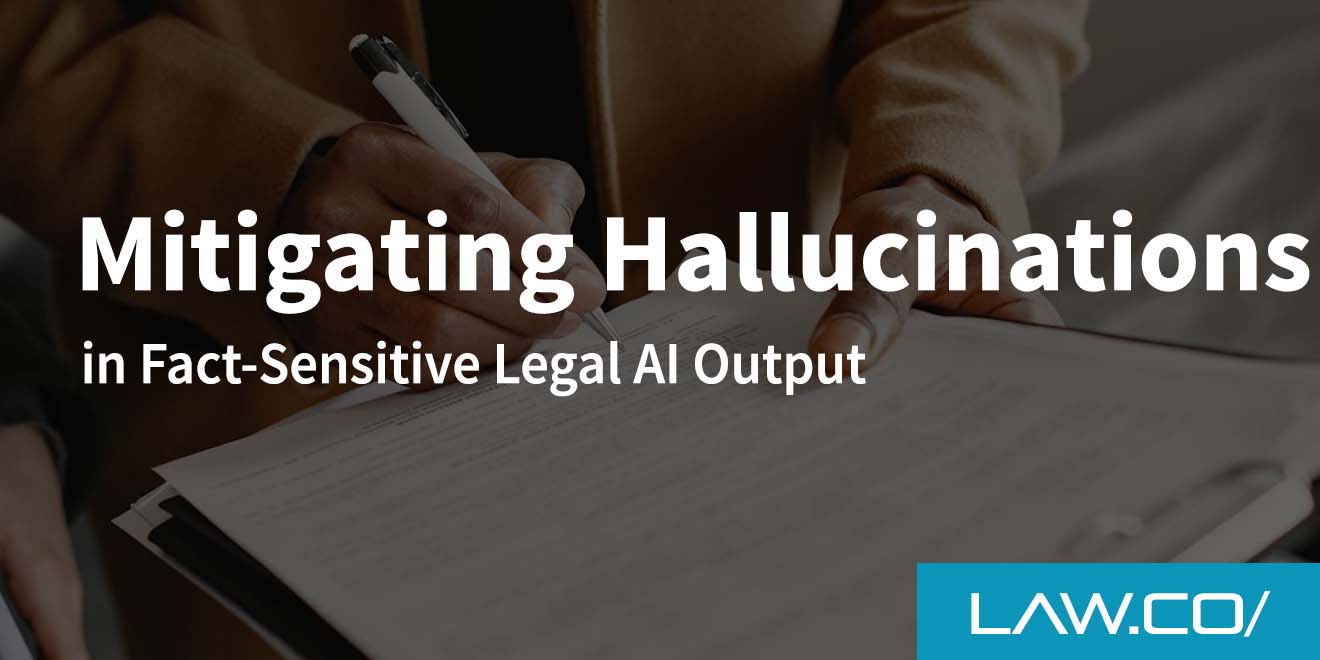

Temporal Indexing for Time-Sensitive Case Law Retrieval
Every day, lawyers and law firms face the same challenge: locating the most relevant cases while making sure the precedent they cite is still good law at the exact moment they walk into court. Standard keyword or citation searches can surface thousands of legal opinions, but without the right legal AI tool and a time filter that truly understands the ebb and flow of legal authority, important nuances get buried.
Temporal indexing—a method that organizes legal documents around dates, durations, and changes over time—helps ensure you quote, brief, and argue from the freshest, most authoritative material available.
The Time Dimension in Case Law
Legal precedent is not static. Opinions are written, appealed, reversed, distinguished, or superseded in a seemingly relentless cycle. Even a seminal decision can lose its persuasive power overnight if a higher court narrows or overturns it. Traditional research tools often tell you whether a case is “good law,” but they don’t always reveal how its authority evolved at specific points in time.
Temporal indexing assigns a searchable timestamp to each stage of a case’s life—filing date, oral argument, decision date, appellate review, and subsequent treatment—so you can see how the legal landscape looked on any given day.
What Is Temporal Indexing?
Temporal indexing augments the usual fields in a legal database (court, judge, jurisdiction, parties, citation) with a structured chronology. Think of it as weaving a timeline through your entire corpus of case law so every document becomes part of a larger narrative.
The Basic Mechanics
- Timestamping: Each docket entry, opinion paragraph, or headnote receives a machine-readable date.
- Event Typing: Events (e.g., “opinion issued,” “reversed,” “superseded by statute”) are tagged so a system understands exactly how the law changed.
- Versioning: When an opinion is amended, the old text is never discarded; rather, it is archived and linked to the new version, allowing pinpoint comparison.
Adding the Temporal Layer
Once metadata is infused with time stamps, your search engine can answer sophisticated queries such as:
- “Find all appellate decisions in the Second Circuit citing Miranda between 2010 and 2014 that were later narrowed.”
- “Surface cases that discussed qualified immunity before the Supreme Court’s 2020 guidance but have not been cited since.”
These queries are nearly impossible—or at least painfully slow—when time is treated as a mere filter instead of a primary index.
Practical Benefits for Practitioners
Temporal indexing is not an abstract data-science experiment; it is a direct productivity booster for anyone drafting motions, preparing oral arguments, or issuing legal opinions.
Speed and Precision in Court Preparation
Because the index organizes each piece of authority by date and event, you can instantly jump to the version that was controlled on a specific deadline. Preparing a motion to dismiss that cites an evolving doctrine? Temporal search shows you the precise holdings your judge saw when she ruled on a similar motion last year, giving your brief extra relevancy.
Avoiding Outdated Authorities
Nobody wants to walk into court and discover mid-argument that a favorite case was gutted two weeks earlier. Temporal alerts can be set to trigger whenever a cited case in your saved research undergoes subsequent negative treatment. Instead of frantically updating authorities the night before a hearing, you receive steady, real-time notifications.
Deploying Temporal Indexing in Your Research Workflow
You do not have to rebuild your knowledge-management system from scratch. Most modern legal research providers now expose at least some temporal features, and a handful allow custom integrations.
Data Sources and Continuous Updates
A meaningful time-based index requires more than a static snapshot of opinions; it needs a live pipeline of docket updates, slip opinions, and appellate actions. Enable automatic feeds from:
- Federal and state docket APIs
- Official court RSS or XML releases
- Statutory update bulletins
Frequent updates ensure your index mirrors the latest procedural twists and substantive turns.
Integration with Existing Platforms
Whether you rely on a commercial platform or an in-house repository, look for plug-ins or RESTful APIs that accept temporal metadata. Once connected, your standard interface—search box, filters, citation graph—will start displaying an extra column or icon signifying time-aware status.
- If using a document-management system (DMS), map fields like “Filing Date” or “Disposition Date” to the new temporal index.
- For brief-bank searches/parsing, append a timestamp to each cited authority so younger associates know which arguments remain viable.
- In litigation analytics dashboards, add a trend line showing how frequently a precedent is cited year over year.
Overcoming Implementation Hurdles
Admittedly, temporal indexing asks more of your data custodians. You’ll need consistent citation formats, accurate date fields, and disambiguation of party names. Still, these hurdles are surmountable with a combination of automated parsing and occasional manual curation. Start with one jurisdiction where your practice is busiest, perfect the pipeline, and expand outward.
Future Outlook: Toward Predictive Chronology
Once you establish a robust temporal infrastructure, predictive analytics come into play. By analyzing how quickly opinions in a particular field are reversed or distinguished, you can forecast the probable shelf life of a brand-new precedent. Imagine telling a client not only what the law is today but also how likely it is to survive an appellate gauntlet in the next 18 months. Temporal indexing forms the foundation for that level of foresight.
Key Takeaways
- Case authority evolves continuously; a static search risks missing crucial changes.
- Temporal indexing treats dates and legal events as first-class data points, enabling time-sensitive queries.
- Benefits include faster research, real-time alerts, and higher confidence in the durability of cited precedent.
- Implementation is feasible through existing APIs and metadata mapping—start small, automate diligently, and scale.
- A mature temporal index paves the way for predictive insights that keep clients and courts informed of the law’s shifting contours.
By embedding the chronology of case law directly into your research stack, you transform a routine search task into a strategic advantage. In an era when judicial decisions travel at the speed of a digital docket entry, time is not just money—it is authority. With temporal indexing in place, you can be sure the cases you rely on are the right ones for the moment you need them most.

%201.svg)










